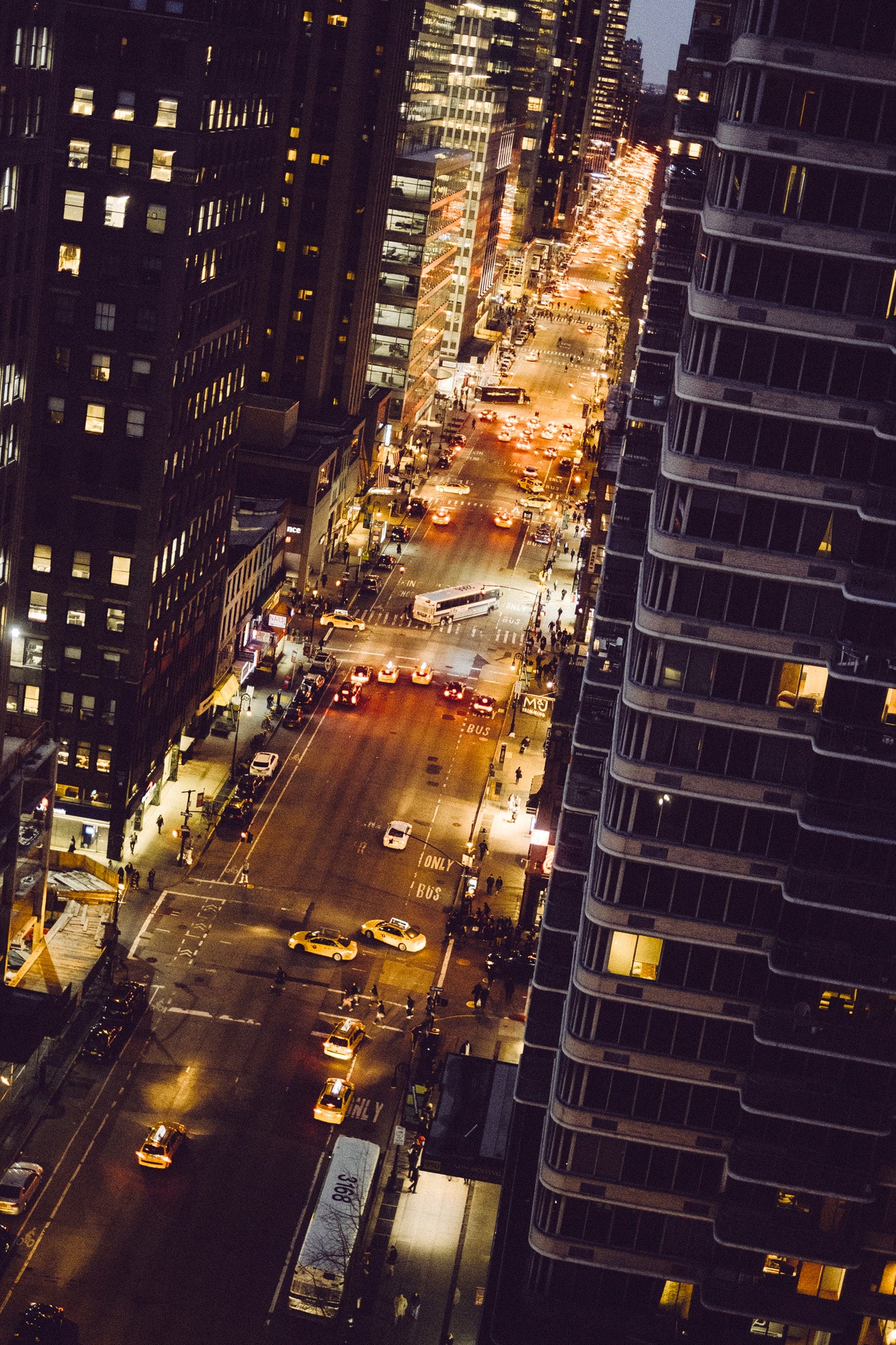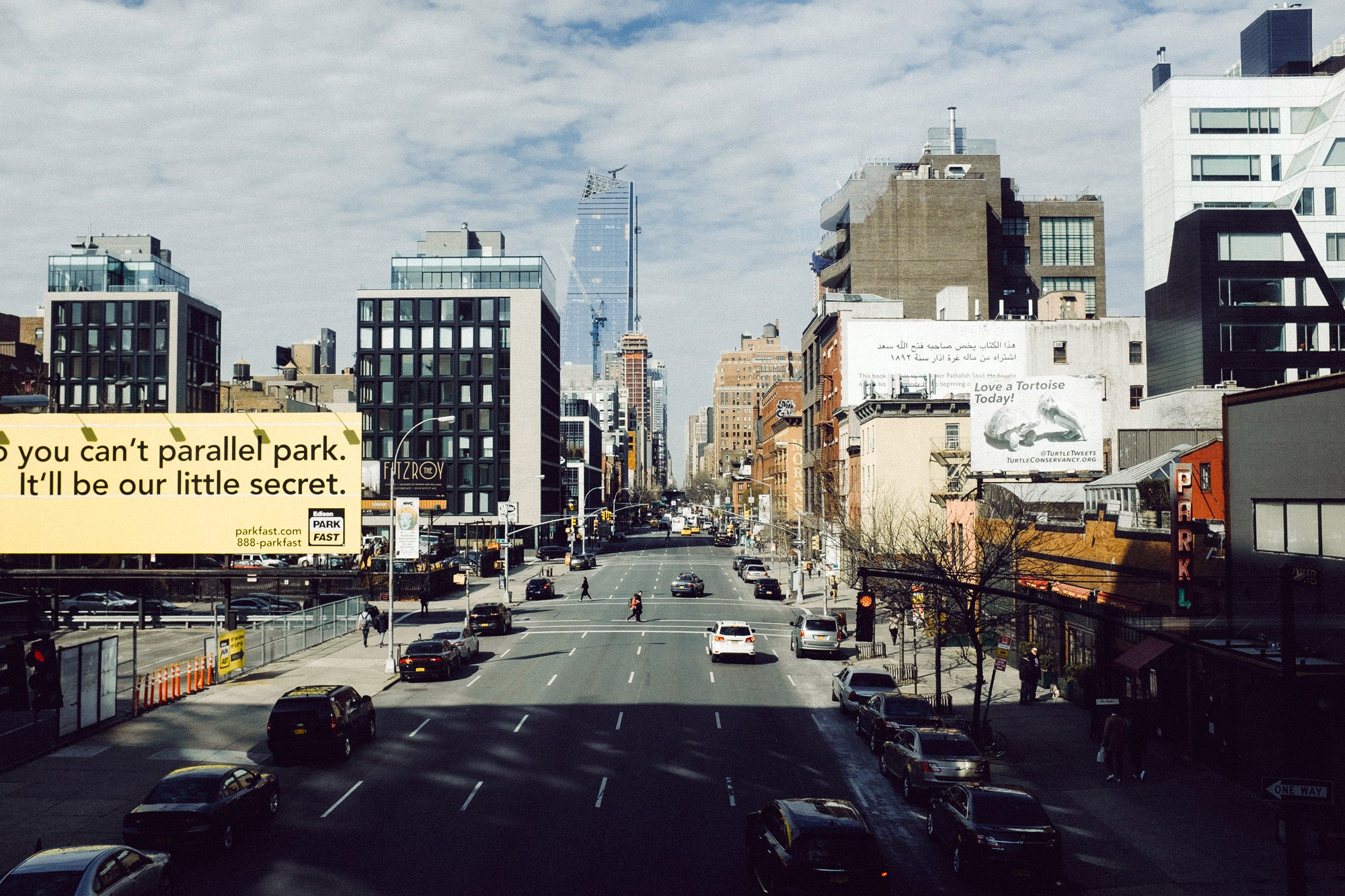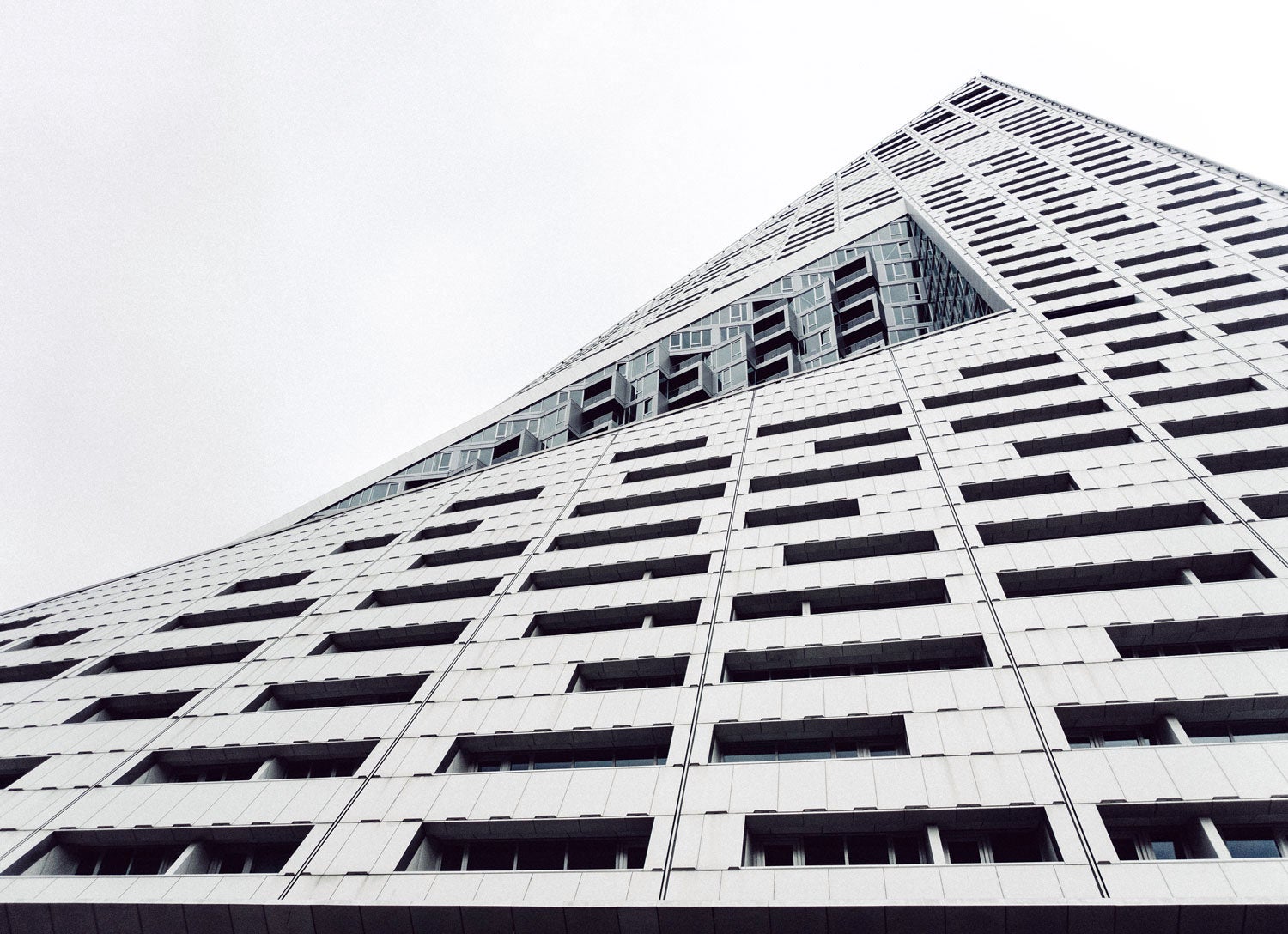
- date
12 October 2016
- tag
Why wood
"Why do your buildings look like buildings?" Ten years ago Douglas Durst, the chairman of the renowned New York real estate company The Durst Organization, had this question thrown at him. He was in Copenhagen at the time to give a lecture on sustainable construction. At the end of the presentation a young man came up to him to introduce himself as Bjarke Ingels, an architect. The strange question ensued. “Because they are buildings,” Douglas responded. It remains unclear whether either of them was any the wiser after that conversation, but the next time the Durst chairman travelled to Scandinavia he fitted in a visit to Bjarke’s studio BIG (Bjarke Ingels Group). The designs, creativity and inventiveness he saw there left a deep impression on Douglas and he had an idea: Why not ask BIG to collaborate on a project that had been a headache for The Durst Organization since 1999: refurbishing part of a block on West 57th Street in Manhattan, right on the Hudson River. A number of options had been considered over the years, from a data centre via a school to a hotel or office complex. In the end a decision was taken to create an iconic apartment building, with the difference being made by Bjarke Ingels’ unique vision.
Pictures section
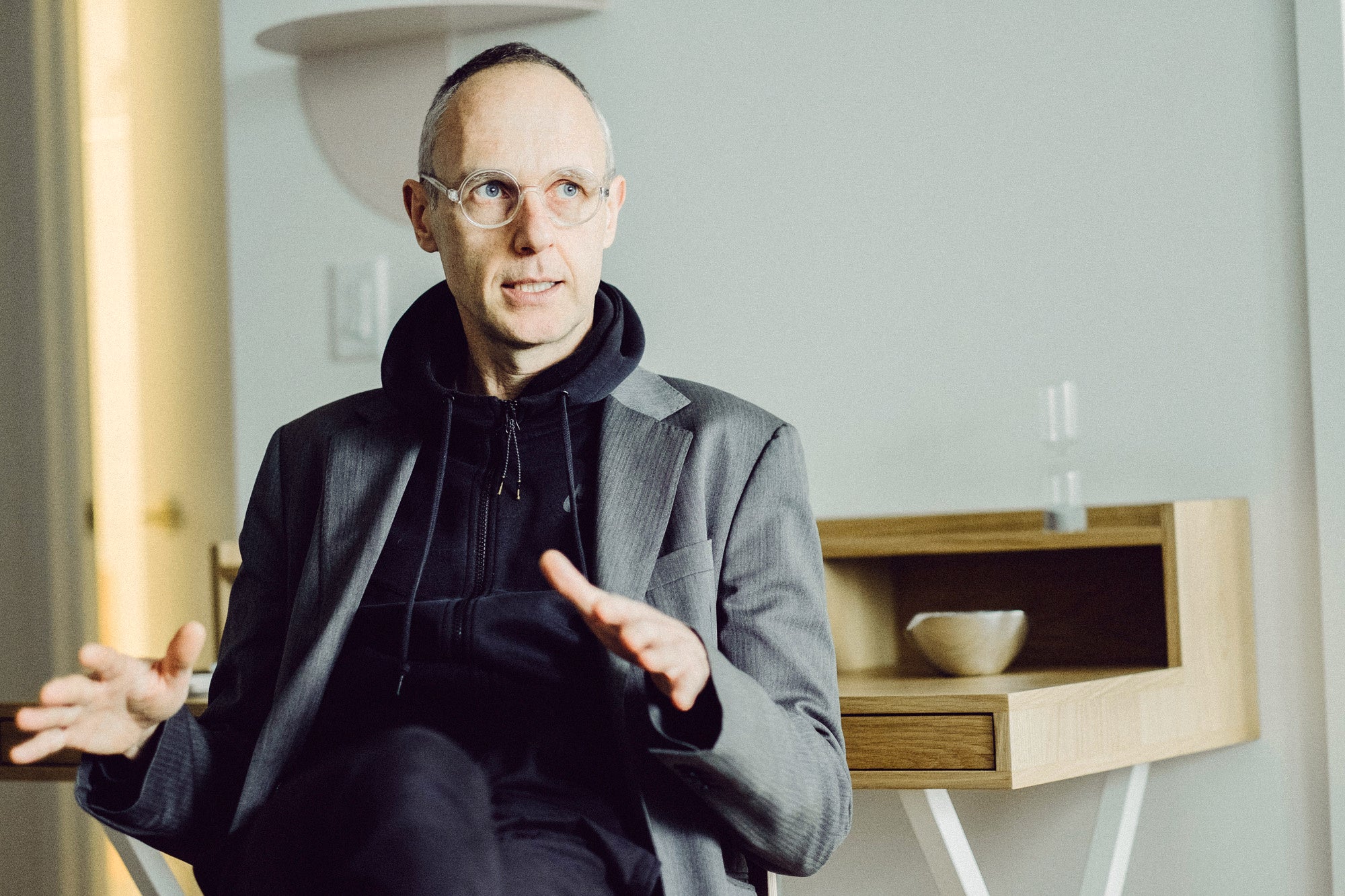
VIA 57 West - as the building is officially called - opened its doors in March, and everyone agrees that BIG has completed the contract with panache. Manhattan’s skyline has been enriched by a remarkable pyramid structure, or rather a ‘hyperbolic paraboloid’. “That means that you work with straight lines even if they appear to be curved,” Beat Schenk, BIG Senior Project Manager, explains. “It’s an optical illusion that allowed us to let as much natural light into the apartments as possible and to open up the maximum view over the Hudson. With this shape you are also able to create the largest mass with the least impact on the neighbourhood. Moreover, in this way we allow sufficient light from the south though to the garden, which feels really bright even in winter.”
The unusual structure had yet another advantage that linked up to an important principle for the entire undertaking: sustainability. As the apartments receive so much light, energy savings are achieved. “We also set the bar high for other aspects of indoor environmental quality, water reuse, energy efficiency, and materials management,” says Amanda Kaminsky, an authority in this specific area as the founder of Building Product Ecosystems LLC. “We have gone further than any similar apartment block in New York.” Beat acknowledges that the staff at BIG were pleasantly surprised by the requirements set by The Durst Organization. “By definition we look into the entire life cycle of the materials we use. But when you work for private sector clients, you also have to keep the financial side at the back of your mind. And that’s a challenge sometimes. In this case the client put forward an entire package of requirements on sustainability of their own accord.”
Pictures section

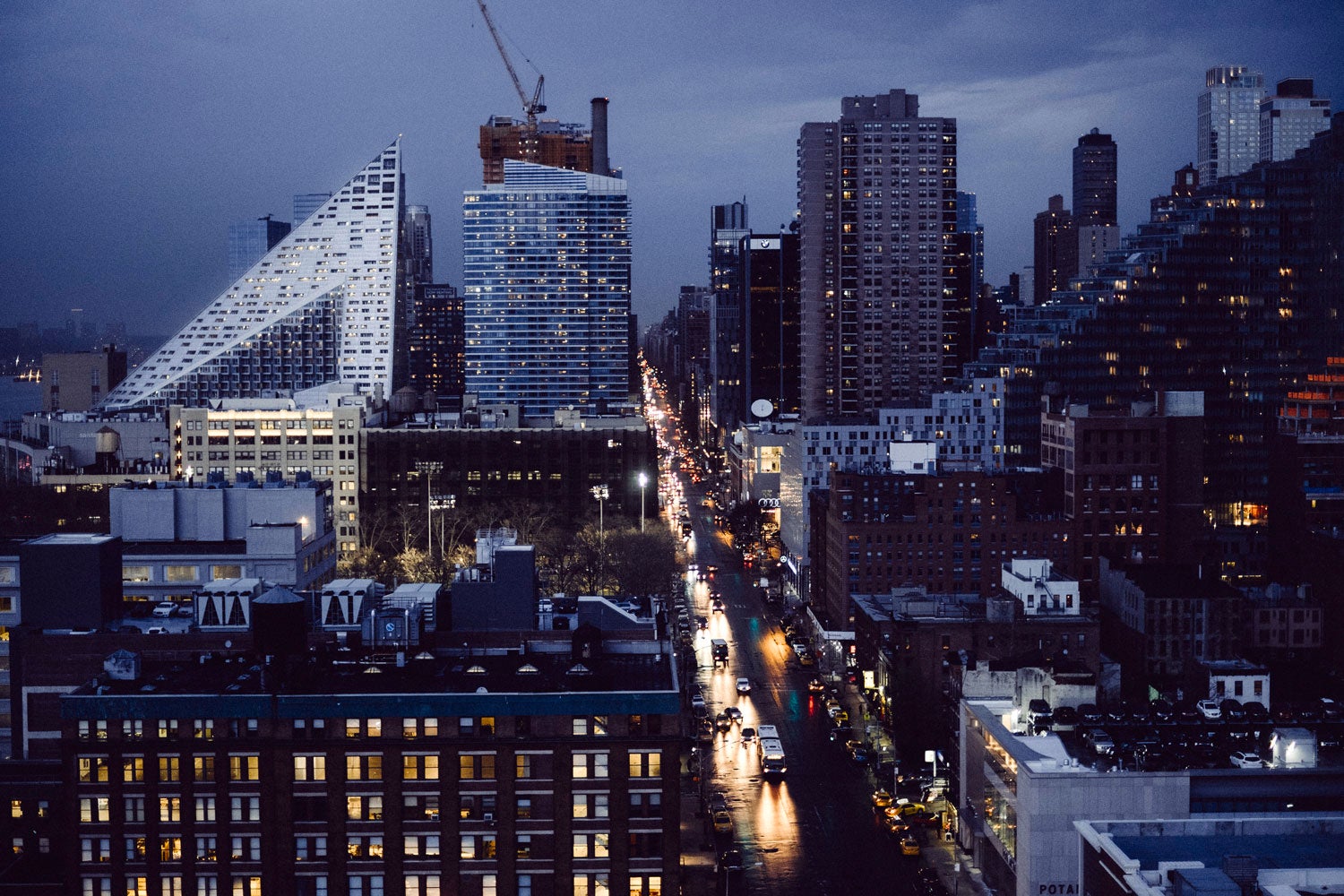
Among other things it required that construction materials had to be carefully selected based on their resilience and environmental impact. The building filters and recycles 225,000 litres of water per day and is fitted with highly insulating glazing. There is a Par-ky veneer floor in each of the 709 apartments, leading to a considerable reduction in the quantity of wood used. “We take the entire material cycle into consideration: the production of the material, its installation, use, and reuse,” Amanda says. “We see our buildings as material banks, where materials are carefully selected for appropriate durations of use, and then given a new life elsewhere. This way of thinking has an enormous impact on suppliers, as they must adapt their design process. They carry greater responsibility for the entire life cycle of their products.”
As positive as sustainability ideals might be, we are also faced with a series of challenges. For a start, the globalization of supply chains does not make careful, transparent procurement easier. “We work to best understand the impacts and opportunities in all major decisions during design, construction, and operations.” Amanda says. “Clear goals are essential. All those involved must be on the same wavelength, from the project developers to the product developers.” In the end, it comes down to the team having the long-term perspective in view and understanding the deep value that can be created by these buildings, systems, and spaces, she concludes. “Building sustainably can sometimes cost a bit more upfront, but the payback is real. We know that the people who choose to live and work here attach great value to the difference in process and product. So it’s a sound investment, in any case.”
Amanda Kaminsky
Beat Schenk
Jordan Barowitz
Pictures section
